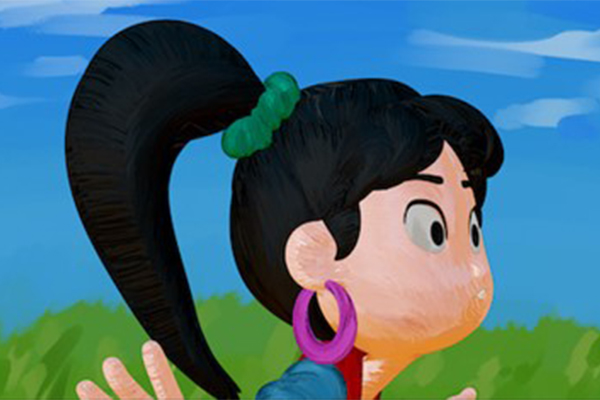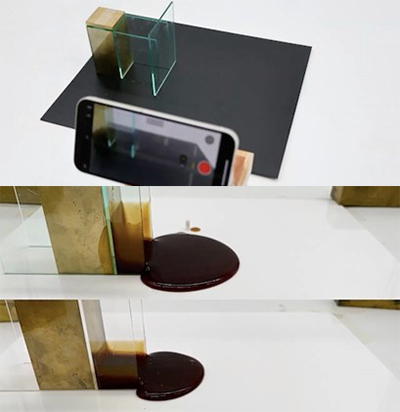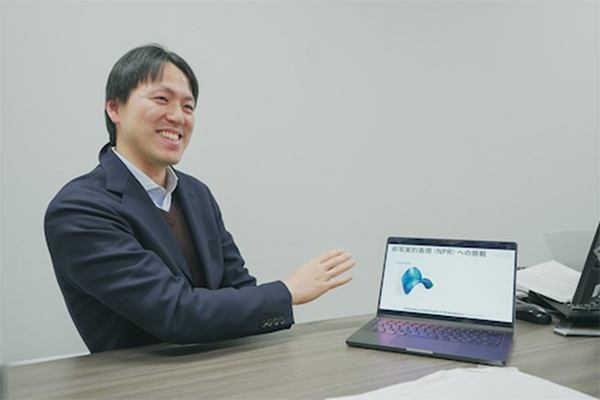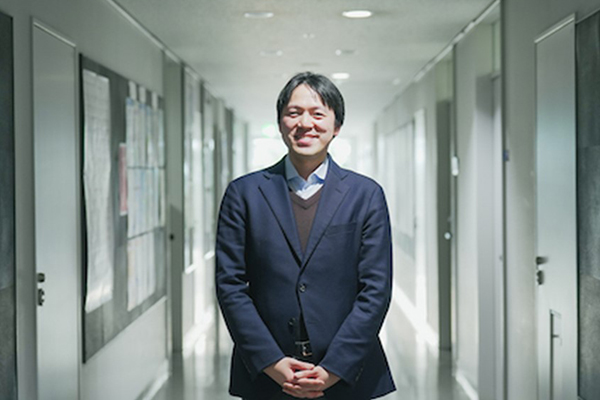- Topics that shape the future
- Columns that reveal the world
-
Search by category
- Graduate School of Accounting Profession
- School of International Politics and Economics
- Faculty of Education and Human Sciences
- Faculty of Letters
- Faculty of Law
- 理工学研究科
- Faculty of Science and Engineering
- Faculty of Social and Information Studies
- Faculty of Economics
- Faculty of Comprehensive Cultural Policy Studies
Topics that shape the future
-
- Topics that shape the future
- Columns that reveal the world
-
Search by category
Columns that reveal the world
- picture
- philosophy
- Economics and Management
- Local/Community
- International Community
- Technology/Science
- Culture (History)
- law
- communication
- society
- Language and Linguistics
Topics that shape the future
- Graduate School of Accounting Profession
- School of International Politics and Economics
- Faculty of Education and Human Sciences
- Faculty of Letters
- Faculty of Law
- 理工学研究科
- Faculty of Science and Engineering
- Faculty of Social and Information Studies
- Faculty of Economics
- Faculty of Comprehensive Cultural Policy Studies
- Aoyama Gakuin official website







